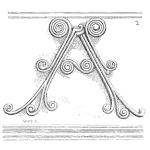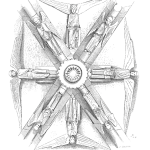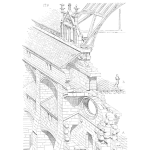
Successful Wind Turbine Reliability Strategy Requires Proactive Removal of the Causes of Failure
The reliability assessment of wind turbine models is critical when making investment in wind technology. Issues to address include: corrosion, metallurgy, structural integrity, reliability, pressure vessel construction, electrical circuits, communication networks, and more.
Develop a life cycle wind turbine reliability strategy that minimizes operationg costs by maximizing component reliability.
[Read more…]













 Ask a question or send along a comment.
Please login to view and use the contact form.
Ask a question or send along a comment.
Please login to view and use the contact form.